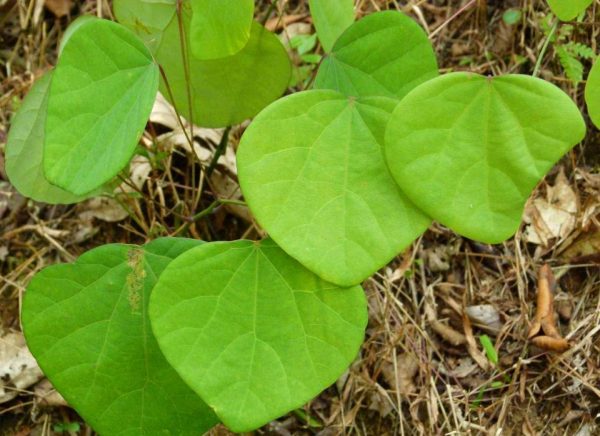Agastya (Sesbania grandiflora): A Medicinal Powerhouse
Basonym of Drug: The medicinal plant known as Agastya is scientifically referred to as Sesbania grandiflora.
Main Synonyms: In Ayurveda, Agastya is known by various synonyms, including:
- Agasti
- Agastya-vriksha
- Agastyamula
- Agastikamula
Regional Name: Agastya is also known by different names in various regional languages. Some common regional names include:
- Hindi: Agathi
- Bengali: Agasti
- Kannada: Agase
- Malayalam: Agathi
- Marathi: Agasti
- Tamil: Akatti
- Telugu: Avisa
Botanical Name: The botanical name of Agastya is Sesbania grandiflora.
Family: Agastya belongs to the Fabaceae family.
Classification of Dravya (Gana) as described in Charak and Sushrut: In the classical Ayurvedic texts of Charak and Sushrut, Agastya is classified as follows:
- Charak: Agastya is categorized under the group of “Shaka varga,” which includes leafy vegetables and herbs used for culinary and medicinal purposes.
- Sushrut: In Sushrut Samhita, Agastya is classified as a “Shakavarga” drug, indicating its use in various herbal preparations.
External Morphology: Agastya is a small to medium-sized deciduous tree with a height ranging from 3 to 8 meters. The leaves are pinnately compound with numerous small leaflets. The flowers are large, showy, and trumpet-shaped, occurring in clusters. The fruits are slender, elongated pods containing numerous seeds.
Useful Parts: The useful parts of Agastya are primarily the leaves, flowers, and tender shoots.
Important Phytoconstituents: Agastya contains various phytochemicals, including alkaloids, flavonoids, tannins, and saponins. It is also a rich source of essential vitamins and minerals.
Rasa Panchaka: The Rasa Panchaka (five tastes) of Agastya is as follows:
- Rasa (Taste): Bitter (Tikta)
- Guna (Quality): Light (Laghu), Dry (Ruksha)
- Virya (Potency): Cooling (Shita)
- Vipaka (Post-digestive taste): Pungent (Katu)
Action on Dosha, Dhatu, and Mala: Agastya primarily pacifies the Pitta and Kapha doshas. It nourishes and strengthens the Rakta (blood) and Mamsa (muscle) dhatus.
Prayogarha Vyadhi (Therapeutic Indications): Agastya is utilized in Ayurvedic medicine for various therapeutic purposes. Some of its important indications include:
- Respiratory disorders (Shwasa and Kasa)
- Digestive disturbances
- Skin diseases
- Fever (Jvara)
- Anemia (Pandu)
- Inflammatory conditions
Amayikaprayoga and Matra (Therapeutic Administration and Dose): Agastya can be used in various formulations, and the dosage depends on the specific preparation and the individual’s condition. Commonly used forms include:
- Fresh juice: 10-20 ml, once or twice a day
- Decoction: 50-100 ml, once or twice a day
Vishishta Yoga (Names of Important Formulations): Agastya is an integral component of several Ayurvedic formulations. Some notable formulations include:
- Agastya Haritaki Avaleha
- Agastya Rasayana
- Agastya Panchagavya Ghruta
Vishakta Lakshan (Adverse Effects): Agastya is generally safe and well-tolerated when used in recommended doses. However, excessive consumption may lead to gastric disturbances in some individuals.
Chikitsopachara (Remedial Measures): Agastya is best used under the guidance of a qualified Ayurvedic practitioner. Proper dosing, combining with suitable adjuvants, and considering an individual’s specific condition are essential aspects of its therapeutic application.
Shodhana (If Required): Agastya typically does not require shodhana (purification) procedures. However, in certain cases, Shodhana methods like Bhavana (levigation) or Svedana (steam treatment) may be applied for specific therapeutic purposes.
Agastya’s versatility and wide range of medicinal applications make it a valuable herb in Ayurvedic medicine. Its diverse therapeutic properties continue to play a significant role in promoting holistic health and well-being.



